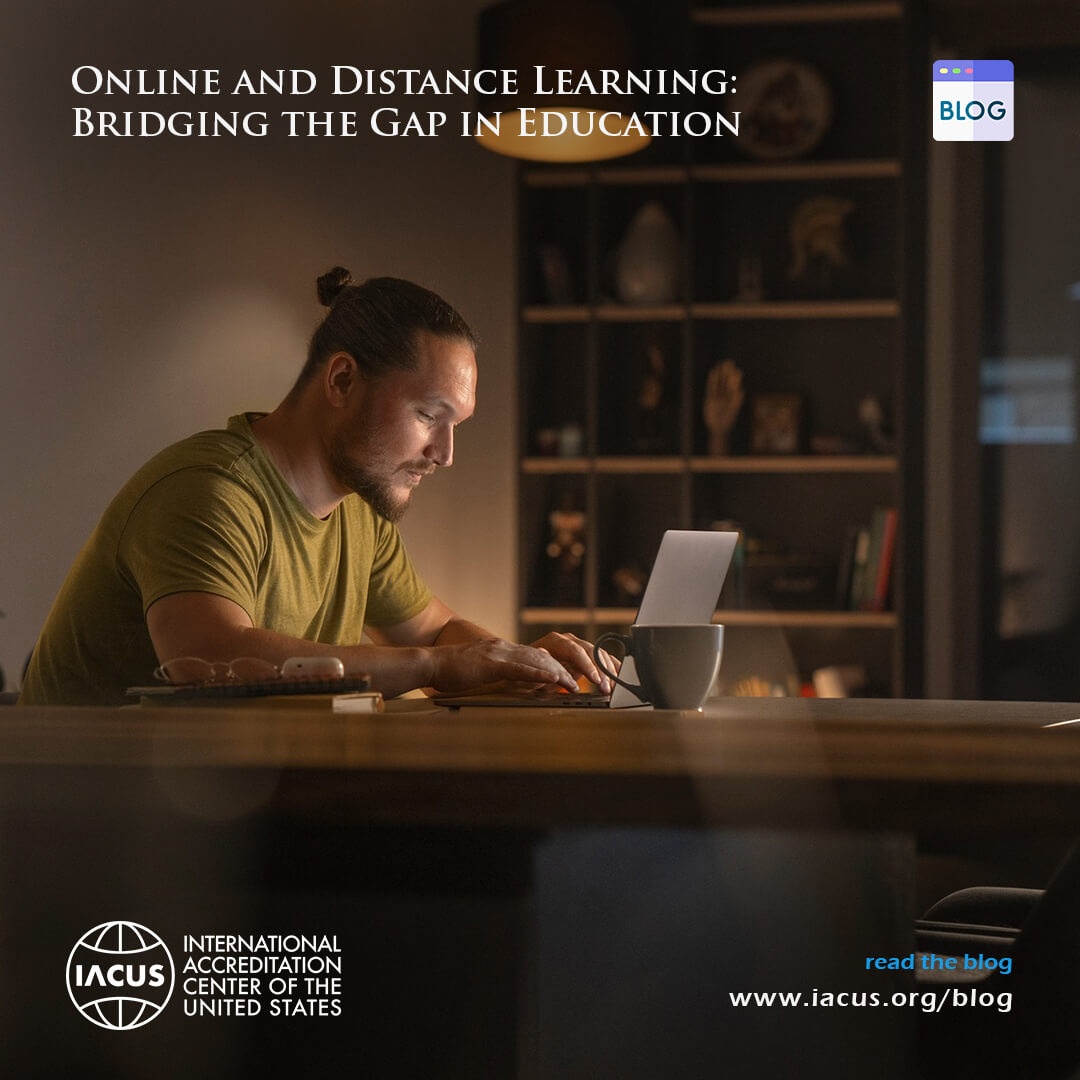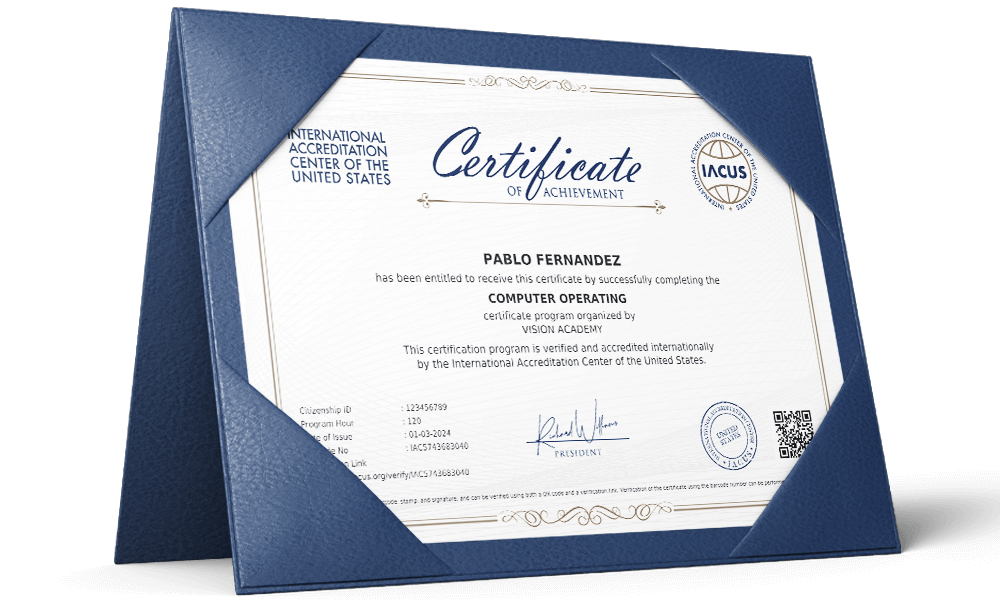Online and Distance Learning: Bridging the Gap in Education
In the evolving landscape of education, online and distance learning have emerged as pivotal platforms, offering unparalleled access to knowledge and learning opportunities. These modes of education have transformed the traditional classroom setting, enabling students from all over the world to pursue their academic and professional goals without the constraints of geographical locations or time zones.

Defining Online and Distance Learning
Online learning, often referred to as e-learning, involves the delivery of educational material through the internet. This format allows for interactive learning experiences, where students can engage with multimedia content, participate in virtual classrooms, and access a wealth of resources online. Distance learning, while similar in its goal to provide education remotely, can also include non-internet-based methods such as correspondence courses. However, in the modern context, distance learning frequently leverages digital technologies, making the terms “online learning” and “distance learning” often used interchangeably.
Click to apply for course accreditation!
Benefits of Online and Distance Learning
The primary advantage of these educational formats is flexibility. Learners can study at their own pace, fitting their education around other commitments such as work or family. This flexibility also extends to geographic flexibility, removing the need for students to relocate or commute.
Another significant benefit is accessibility. Online and distance learning opens doors for individuals who might otherwise have limited access to education due to physical disabilities, financial constraints, or living in remote areas.
Additionally, these formats offer a wide variety of courses, catering to diverse interests and career paths. From short courses and certifications to full degree programs, learners have an array of options to choose from.
Challenges and Considerations
Despite its advantages, online and distance learning come with challenges. The lack of face-to-face interaction can lead to feelings of isolation for some students. Moreover, self-discipline and strong time-management skills are crucial, as the flexibility of online courses also means that students must be proactive in their studies.
Technical issues, such as unreliable internet access and the need for suitable devices, can also pose barriers to effective learning. Furthermore, the quality and recognition of online programs can vary, so students must research institutions and courses thoroughly to ensure they meet their educational and professional needs.
Click to apply for course accreditation!
The Future of Online and Distance Learning
The future of online and distance learning is promising, with continuous advancements in technology enhancing the learning experience. Artificial intelligence (AI), virtual reality (VR), and augmented reality (AR) are set to play significant roles in creating more interactive and immersive learning environments.
Moreover, the growing acceptance and recognition of online qualifications by employers around the world are likely to boost the popularity of these learning formats. As educational institutions refine their online offerings and address the challenges, the gap between online and traditional in-person education continues to narrow.
Conclusion
Online and distance learning represent crucial developments in the field of education, offering flexible, accessible, and diverse learning opportunities. While there are challenges to overcome, the benefits make these formats appealing to a wide range of learners. As technology advances and societal acceptance grows, online and distance education will continue to play a vital role in shaping the future of learning.




